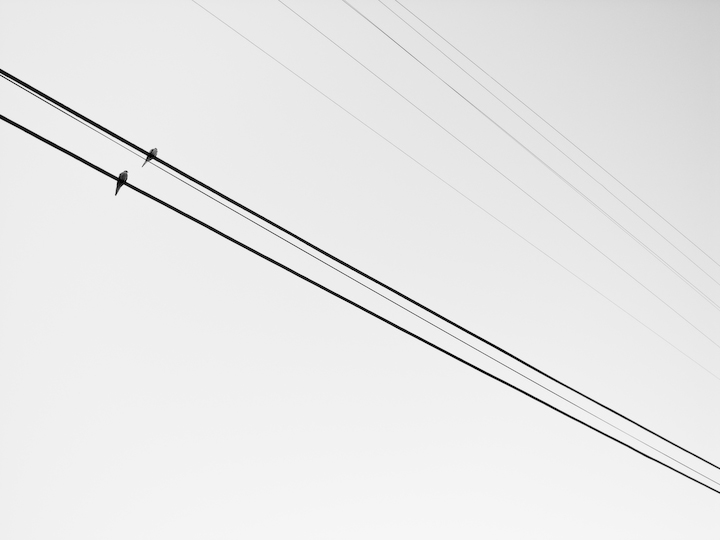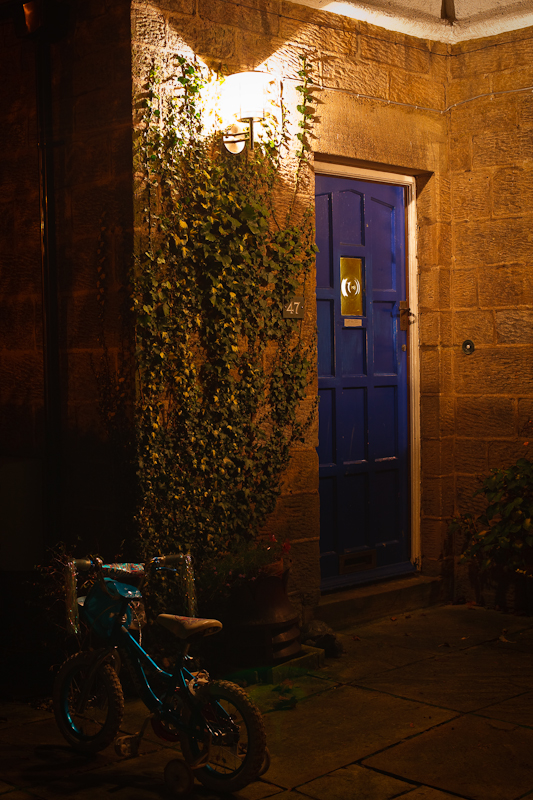Chris Kresser
New member
At the risk of wearing out my welcome here, I'd like to start yet another thread. Having recently discovered this forum, Sean's website and the writings of Ben Lifson, I've been exposed to some tremendously inspiring material.
I'm relatively new to the world of photography, however, and I'm feeling the desire to get to know the work of some of the masters - both historical and contemporary. I will throw out some of the photographers I do know of and enjoy to give you an idea of what I'm interested in, and I'm hoping that perhaps you can turn me on to others past & present that I might like. In general, to use Ben's words, I prefer extraordinary photographs of mundane subjects to ordinary (or even extraordinary) photographs of extraordinary subjects.
Historical (I think?):
Kertesz, HCB, Winogrand, Mann, Brandt, Strand, Eggleston, Koudelka, Doisneau
Present (I think?; some more well-known than others):
Friedlander, Shore, Salgado, Zabrinsky, Gursky, Hilla & Bernd Becher, Scott Irvine, Jeff Brouws, Ken Merfield, Desiree Dolron, Burtynsky, Michael Kenna, Lili Nahapetian, Chris Jordan
Thanks for your ideas and inspiration!
I'm relatively new to the world of photography, however, and I'm feeling the desire to get to know the work of some of the masters - both historical and contemporary. I will throw out some of the photographers I do know of and enjoy to give you an idea of what I'm interested in, and I'm hoping that perhaps you can turn me on to others past & present that I might like. In general, to use Ben's words, I prefer extraordinary photographs of mundane subjects to ordinary (or even extraordinary) photographs of extraordinary subjects.
Historical (I think?):
Kertesz, HCB, Winogrand, Mann, Brandt, Strand, Eggleston, Koudelka, Doisneau
Present (I think?; some more well-known than others):
Friedlander, Shore, Salgado, Zabrinsky, Gursky, Hilla & Bernd Becher, Scott Irvine, Jeff Brouws, Ken Merfield, Desiree Dolron, Burtynsky, Michael Kenna, Lili Nahapetian, Chris Jordan
Thanks for your ideas and inspiration!
Last edited:


